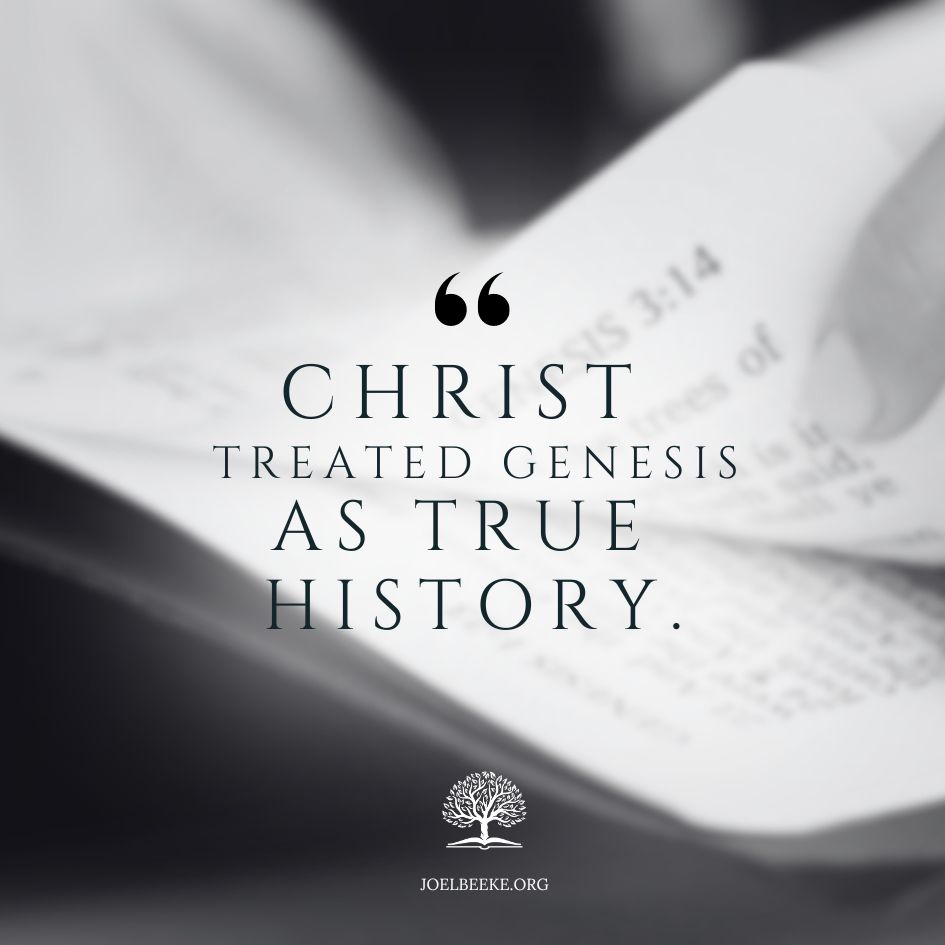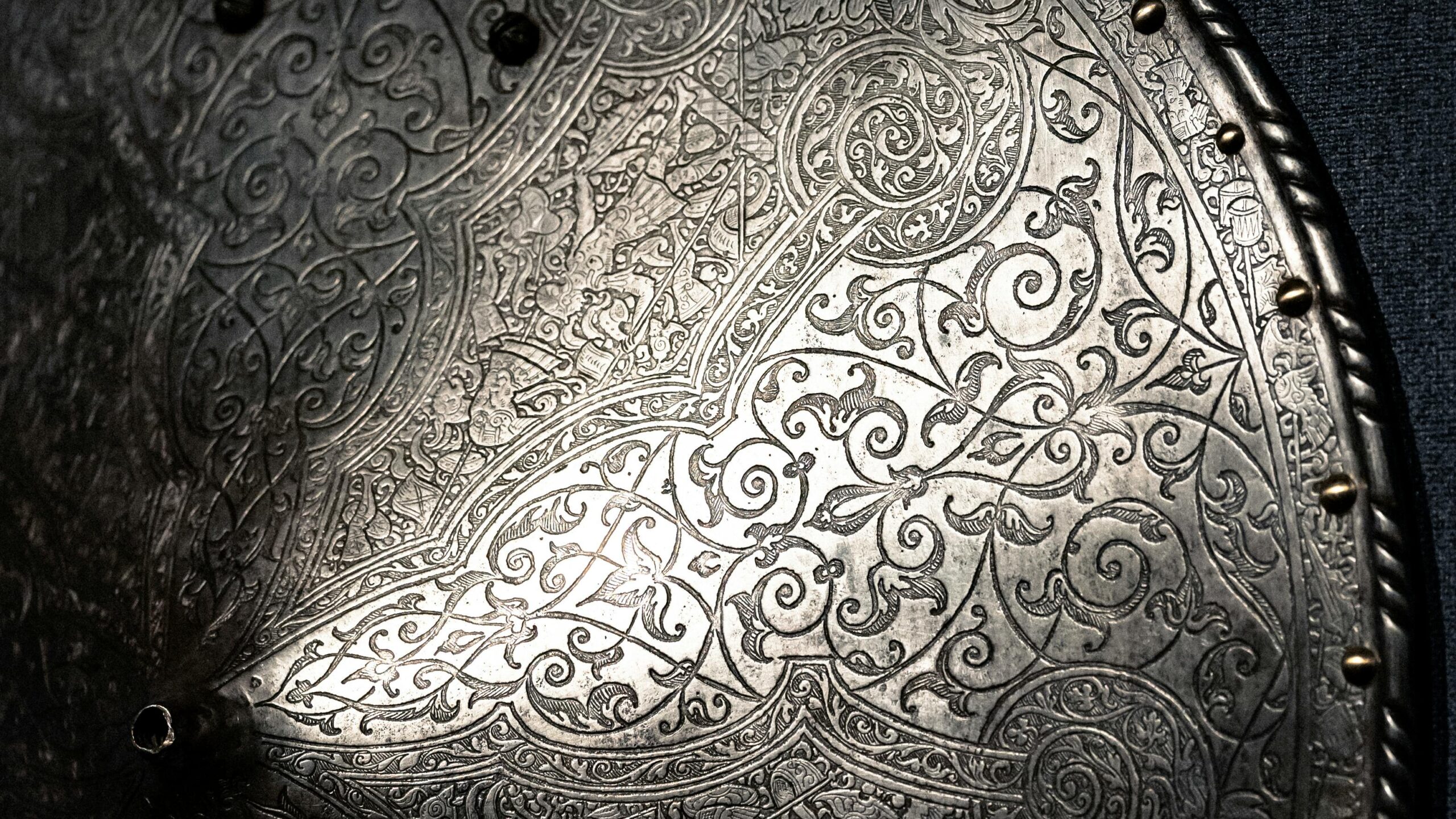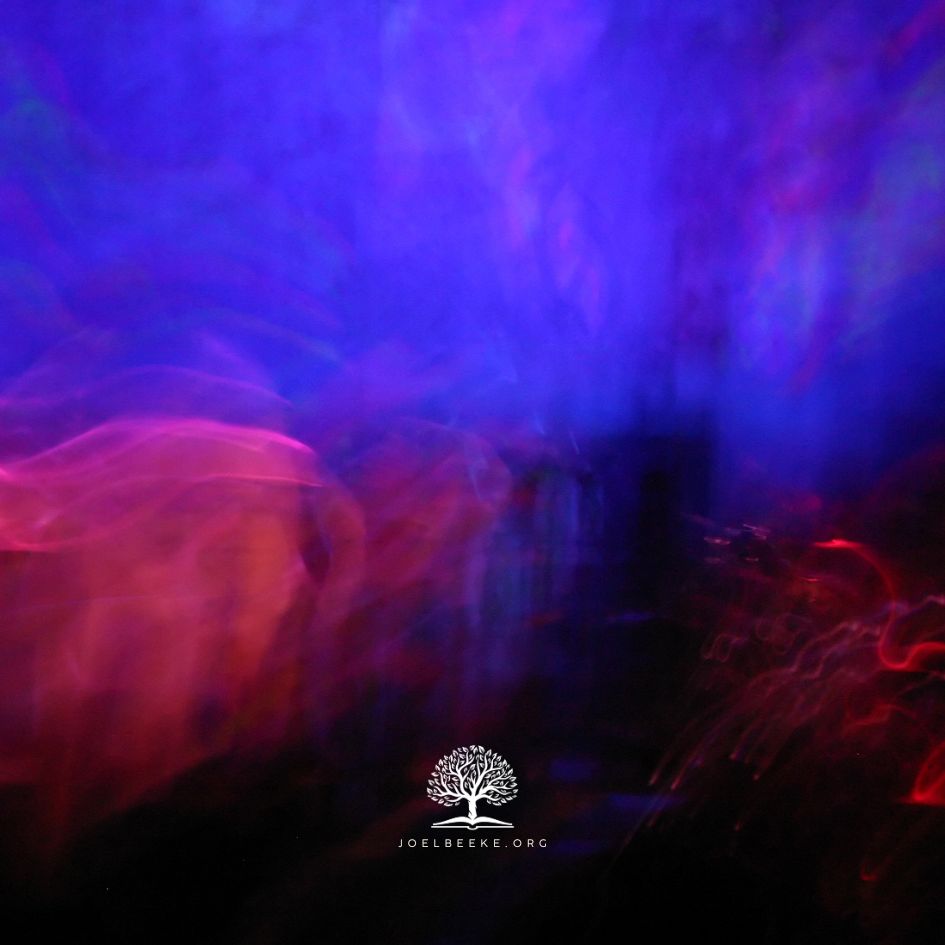
The Bible sometimes uses metaphorical language to communicate historical truth, as David does in Psalm 18.15 Some people have said that Genesis 1 is a kind of poetry or extended metaphor intended to communicate the truth that God created the world but not to present a historical account of how he did so. As evidence, the objector might point to the rhythmic parallelism of the text, as did Johann Herder (1744–1803).16
However, the early chapters of Genesis present themselves as history, albeit history written with theological intent.17 We conclude this for the following reasons. First, the text reads like historical narrative as found in other parts of the Bible, not like poetry.18 For example, Hebrew poetry is characterized by parallelism of thought, where one line repeats the same thought in somewhat different words or states its antithesis.19 We see examples of parallelism in the lines of the psalm referenced above, such as: Then the earth shook and trembled; the foundations also of the hills moved. (v. 7) And he rode upon a cherub, and did fly: yea, he did fly upon the wings of the wind. (v. 10) We do not find such linear parallelism in Genesis 1. Instead, the text is written with a string of sentences in the grammatical form commonly used in Hebrew to describe a series of events in historical narrative.20 This form stands behind the English translation of phrases such as “And God said,” “And God saw,” “And God called,” and “And God made.”21
When we peruse the first four chapters of Genesis, we find that they naturally read as historical narrative. As we continue to read through Genesis, we find that the early chapters are part of a larger narrative. In Genesis 13:10, we find a reference to the garden of Eden as a place, one just as real as the land of Egypt.22 This is an account of real history. As Francis Schaeffer (1912–1984) noted, the Bible presents the “concept of creation as a fact of space-time history” on the same level as other “points of history” that it records.23
Second, the Bible links creation to later history through genealogies. Though American culture does not place a very high value on genealogies, other cultures treasure them as important links between the present and the past. We cannot detach the first two chapters of Genesis from the rest of it and treat them as nonhistorical myths or allegories without damaging the structure of Genesis and its integrity as a historical document. In Genesis 5, we read a genealogy tracing Adam’s descendants to Noah’s sons. Later genealogies continue to follow the family line to Abram (chap. 11) and the grandchildren of Jacob (chap. 46). The book of Chronicles picks up the genealogical family tree and carries it through the descendants of David beyond the exile (1 Chron. 1–3). Richard Pratt writes, “The Chronicler wrote to give his readers a true historical record of Israel’s past.”24 The New Testament traces the genealogy of Jesus Christ back to Adam (Luke 3:23–38).
Therefore, the Bible presents the Genesis accounts of creation as real history, of one piece with the history of God’s redeeming acts in Jesus Christ. This means that we must not dismiss them as legends, for they are part of the Word of God. Geerhardus Vos wrote, “The creation narrative is interwoven like a link in the chain of God’s saving acts. God does not make a chain of solid gold, in which the first link is a floral wreath.”25
Third, as we noted earlier, Christ treated Genesis as true history. Our ultimate authority as Christians is the Lord Jesus Christ. What do we find when we examine how Christ viewed the history of the Old Testament? John Wenham (1913–1996) wrote, “He consistently treats the historical narratives as straight-forward records of fact.”26 Christ spoke specifically of Adam: “But from the beginning of creation, ‘God made them male and female.’ ‘Therefore a man shall leave his father and mother and hold fast to his wife, and the two shall become one flesh.’ So they are no longer two but one flesh” (Mark 10:6–8 ESV). Here Christ referred to Genesis 1:27 and 2:24, and he located the events described in those texts as “from the beginning of creation.” We also note that Christ held together Genesis 1 and 2 as complementary accounts, not contradictory ones. It is difficult to avoid the conclusion that God’s Son viewed the first two chapters of Genesis as a historical account of God’s creation of the world and mankind.
We also see that Jesus Christ affirmed the historicity of the early chapters of Genesis in Luke 11:50–51: “That the blood of all the prophets, which was shed from the foundation of the world, may be required of this generation; from the blood of Abel unto the blood of Zacharias, which perished between the altar and the temple: verily I say unto you, It shall be required of this generation.” Here again Christ referred to the earliest days of creation: “from the foundation of the world.” And he spoke of the first martyr, Abel, the son of Adam (Genesis 4). Clearly Christ treated the accounts of Genesis as real history. If Christ Jesus, God’s Son, our Lord, believed in the historical creation of the world and the first human beings as described in the early chapters of Genesis, then so should we.
Excerpt by
Reformed Systematic Theology
Joel R. Beeke and Paul M. Smalley








